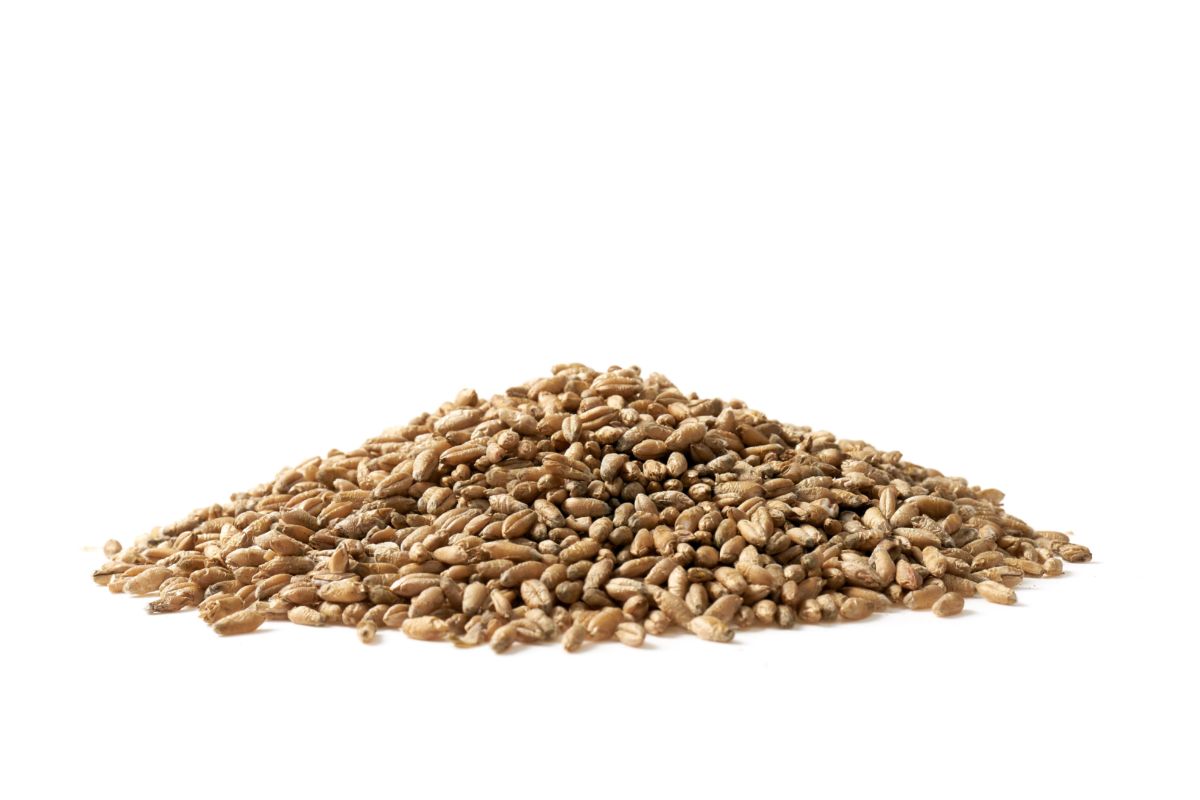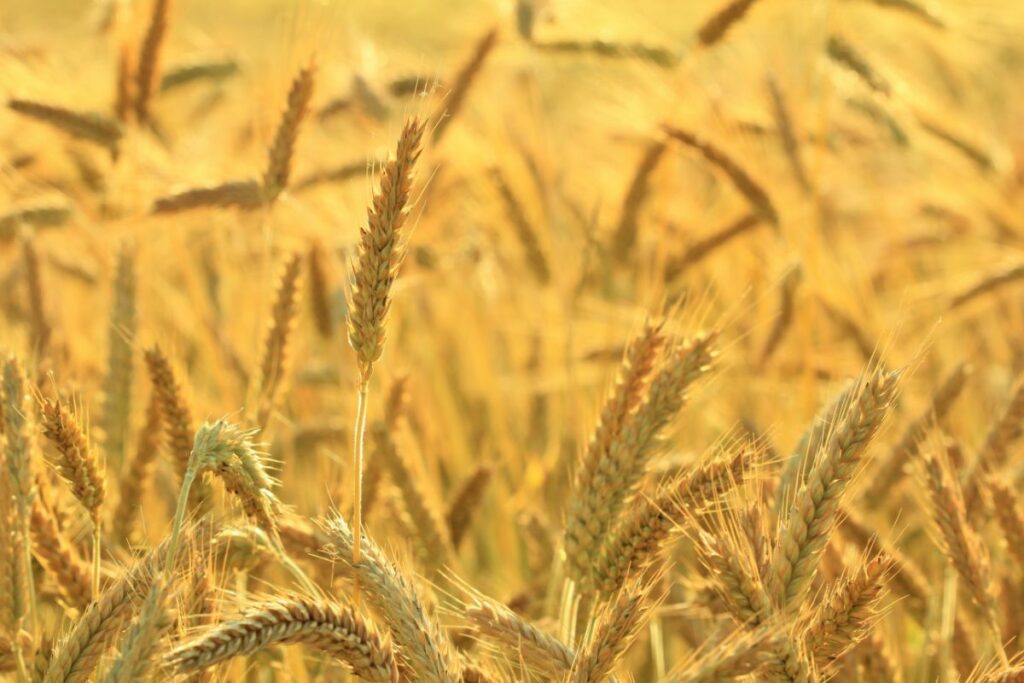Most of us are very familiar with wheat. We know it is often used for a great deal of foods. Wheat’s official name is ‘Triticum’, so when we are introduced to ‘Triticale’, we can assume that they are fairly similar.
This is true, triticale is actually a hybrid of wheat and rye, so it is not all that different. However, if you are looking for the best nutritional value, which should you choose?
Before we get into the depth of nutritional values, let’s take a look at what triticale actually is.
What Is Triticale?
Triticale is a hybrid of rye and wheat that was bred in labs in Scotland and Germany in the late 19th century. It has nearly always been a second-gen hybrid.
It combines the grain quality and potential for yield that wheat has with the environment tolerance and disease resistance of rye.
However, while it was first bred in the 19th century, it has only recently become a commercially acceptable crop.
Triticale can resemble wheat or rye depending on its cultivar.
This grain is usually grown for fodder or forage, however, some foods which are triticale based can be bought at healthy-eating food stores, and you can also find it in some breakfast cereals too!
Triticale May Be The Ideal Crop Alternative
Triticale is very high in protein, which makes it an ideal feed type for livestock, in the years since its creation it has improved vastly and has gained a great deal of popularity as well.
There are many benefits to growing this grain since it is more durable than wheat when it is grazed, meaning it is much healthier and stands up to weeds, cold weather, and diseases well.
Triticale also has a higher yield of tonnage when taken for silage.
In general, it is a much more efficient feed than soybeans, corn, and alfalfa as well, it could even completely replace corn in a pig diet.
This hybrid grain has gained a lot of popularity, while it does not have all the same benefits as wheat does, it is still an incredibly good substitute, and it is better agriculturally as well.
It is replacing a lot of grain when it comes to livestock feed, as it is just more viable.
Nutritional Values: Triticale Vs Wheat
So, what is the base nutritional value of triticale and wheat? Well, let’s take a look! The table below shows the nutritional values per 100 grams of wheat and triticale.
| Nutrient | Triticale | Wheat | Which Has More? |
| Folate | 73 µg | 43 µg | Triticale |
| Zinc | 3.45 mg | 4.16 mg | Wheat |
| Iron | 2.57 mg | 3.52 mg | Wheat |
| Magnesium | 130 mg | 144 mg | Wheat |
| Phosphorus | 358 mg | 508 mg | Wheat |
| Vitamin B3 | 1.43 mg | 6.738 mg | Wheat |
| Potassium | 332 mg | 431 mg | Wheat |
Mineral Values: Triticale Vs Wheat
Wheat does have more overall nutrition than triticale does, however, what about mineral values?
Have a look at the table below to find out how much of your daily mineral requirements can be met by 300 grams of triticale and by 300 grams of wheat.
| Mineral | Triticale | Wheat | Which Has More? |
| Zinc | 95% | 114% | Wheat |
| Copper | 153% | 185% | Wheat |
| Calcium | 12% | 11% | Triticale |
| Iron | 97% | 132% | Wheat |
| Magnesium | 93% | 103% | Wheat |
| Phosphorus | 154% | 218% | Wheat |
| Potassium | 30% | 39% | Wheat |
| Sodium | 1% | 1% | Equal |
Vitamin Values: Triticale Vs Wheat
As well as the mineral values, it is also important to consider the vitamin values of triticale and wheat.
Look to the table below to find out how much of your daily requirements for each vitamin is covered by 300 grams of triticale, and by 300 grams of wheat.
| Vitamin | Triticale | Wheat | Which Has More? |
| Folate | 55% | 33% | Triticale |
| Vitamin B12 | 0% | 0% | Equal |
| Vitamin K | 0% | 0% | Equal |
| Vitamin A | 0% | 0% | Equal |
| Vitamin E | 19% | 0% | Triticale |
| Vitamin D | 0% | 0% | Equal |
| Vitamin C | 0% | 0% | Equal |
| Vitamin B1 | 105% | 105% | Equal |
| Vitamin B2 | 31% | 28% | Triticale |
| Vitamin B3 | 27% | 127% | Wheat |
| Vitamin B5 | 80% | 57% | Triticale |
| Vitamin B6 | 32% | 97% | Wheat |
In terms of vitamins and vitamin content per day, Triticale does offer you much more than wheat does. However, both contain a fairly significant amount of the B vitamins.

Total Nutritional Comparison: Triticale Vs Wheat
| Nutrition | Triticale | Wheat | Which Has More? |
| Carbs (Net) | 72.13 g | 71.13 g | Triticale |
| Carbs | 72.13 g | 71.13 g | Triticale |
| Fats | 2.09 g | 2.47 g | Wheat |
| Proteins | 13.05 g | 13.68 g | Wheat |
| Calories | 336 kcal | 339 kcal | Wheat |
| Calcium | 37 mg | 34 mg | Triticale |
| Magnesium | 130 mg | 144 mg | Wheat |
| Iron | 2.57 mg | 3.52 mg | Wheat |
| Potassium | 332 mg | 431 mg | Wheat |
| Zinc | 3.45 mg | 4.16 mg | Wheat |
| Phosphorus | 358 mg | 508 mg | Wheat |
| Sodium | 5 mg | 2 mg | Triticale |
| Copper | 0.457 mg | 0.553 mg | Wheat |
| Vitamin E | 0.9 mg | mg | Triticale |
| Vitamin D | 0IU | 0IU | N/A |
| Vitamin A | 0IU | 0IU | N/A |
| Vitamin B1 | 0.416 mg | 0.419 mg | Wheat |
| Vitamin C | 0 mg | 0 mg | N/A |
| Vitamin B2 | 0.134 mg | 0.121 mg | Triticale |
| Vitamin B3 | 1.43 mg | 6.738 mg | Wheat |
| Vitamin B5 | 1.323 mg | 0.935 mg | Triticale |
| Vitamin B6 | 0.138 mg | 0.419 mg | Wheat |
| Vitamin B12 | 0 µg | 0 µg | N/A |
| Folate | 73 µg | 43 µg | Triticale |
| Vitamin K | µg | µg | N/A |
| Threonine | 0.405 mg | 0.366 mg | Triticale |
| Tryptophan | 0.157 mg | 0.176 mg | Wheat |
| Leucine | 0.911 mg | 0.934 mg | Wheat |
| Lysine | 0.365 mg | 0.303 mg | Triticale |
| Isoleucine | 0.479 mg | 0.533 mg | Wheat |
| Methionine | 0.204 mg | 0.221 mg | Wheat |
| Valine | 0.609 mg | 0.594 mg | Triticale |
| Phenylalanine | 0.638 mg | 0.681 mg | Wheat |
| Histidine | 0.311 mg | 0.322 mg | Wheat |
| Trans Fat | g | g | N/A |
| Saturated Fats | 0.366 g | 0.454 g | Wheat |
| Polyunsaturated Fats | 0.913 g | 0.978 g | Wheat |
| Monounsaturated Fats | 0.211 g | 0.344 g | Wheat |
| Cholesterol | 0 mg | 0 mg | N/A |
Which Is Best For Your Diet?
Which of these is best for you depends totally on your diet. For those looking to stay on a low-fat diet, triticale is better, as wheat has a higher fat content.
Triticale is also a better choice for those who want a low-calorie diet as well.
However, if you want to stay on a low-carb or low-glycemic index diet then wheat is the better overall choice for you as wheat has a low-carb count and a very low glycemic index as well.
Overall
Triticale does not have all the same benefits that wheat does, however, it is still a totally viable option, and it has its own nutritional benefits, being ideal for low-calorie diets and low-fat diets as a substitute for wheat.
While its difference in fats and calories may not be incredible, it could make a difference, and with its benefits for agriculture, we could be seeing a lot more triticale.








